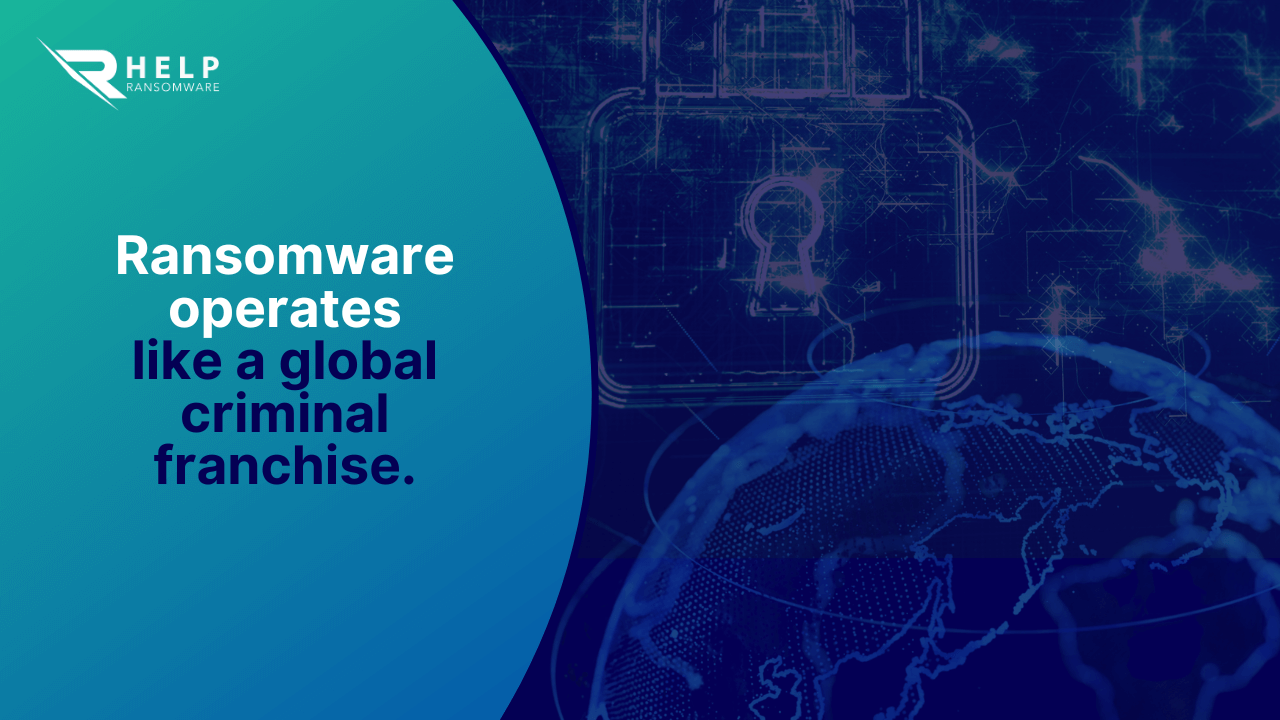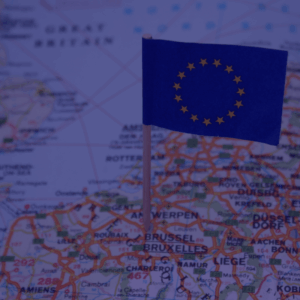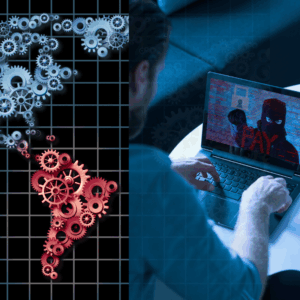By 2025, the European Union has solidified its position as the primary target of ransomware attacks worldwide.
The recent ENISA Threat Landscape 2025 report confirms a worrying trend: Europe is under constant attack from diverse criminal groups that share common tactics and objectives.
At HelpRansomware, we have detected the same pattern in our analyses: the EU combines economic value, technological complexity, and a fragmented cyber defense.
This mix has made it the epicenter of global ransomware.
Digital fragmentation and inequality in cyber defense
According to ENISA, European countries are not progressing at the same pace in cybersecurity.
Some have advanced detection and response systems, while others operate with outdated infrastructure or lack specialized teams.
This imbalance creates a digital domino effect : a breach in one country can compromise the entire European ecosystem.
European cybersecurity is not failing due to a lack of technology, but due to a lack of coordination.

A high-value economic and regulatory objective
Europe is a lucrative target.
Its companies and organizations manage enormous volumes of sensitive data under the General Data Protection Regulation (GDPR), increasing the financial and reputational impact of each attack.
Ransomware groups exploit this context to pressure victims with the threat of public data breaches.
A clear example was the ransomware attack on TAP Air Portugal, where the attackers sought media exposure rather than technical damage.
Geopolitics and hybrid cyberwarfare
Ransomware has also become a geopolitical weapon.
ENISA highlights the increase in attacks with strategic motivations, linked to international tensions or digital reprisals.
Europe, due to its economic and political role, has become a key arena for hybrid cyber warfare, where the objective is not always money, but destabilization.
At HelpRansomware we have identified attack patterns consistent with state operations or affiliated groups, especially in energy, transportation and health.
Modern ransomware doesn’t just encrypt data: it seeks to influence and destabilize.
The professionalization of ransomware
Ransomware -as-a-Service (RaaS) has revolutionized cybercrime.
As ENISA warns, criminal groups operate under business models: developers, affiliates, and brokers share profits and responsibilities.
In our analysis of the Qilin case and the attack on Asahi Group, we explained how this structure turns extortion into a scalable, almost corporate business.

Artificial intelligence as a catalyst for attacks
Intelligence (AI) is amplifying the effectiveness of ransomware.
Today, attackers use algorithms to automate network reconnaissance, create personalized phishing emails, and adjust the ransom based on the victim’s creditworthiness.
In our article on The Role of AI in Cybersecurity, we analyzed how this combination has reduced attack times from weeks to hours.

Towards a more cohesive European defense
ENISA emphasizes the need for a coordinated European response. At HelpRansomware, we fully agree: resilience doesn’t begin after an attack, but before.
Europe needs a common strategy, with clear protocols, shared intelligence, and realistic crisis simulations.
- Effective coordination between States and European bodies.
- Periodic simulations of ransomware attacks.
- Predictive cyber intelligence to anticipate emerging RaaS campaigns.
Furthermore, in Ransomware – guides and resources, we explain how business continuity and recovery are now essential pillars of any business strategy.

Immediate Ransomware Help
Don’t let ransomware hold your business hostage. Our experts are ready to recover your data and secure your systems.
Conclusion
Europe is not targeted by chance.
It is a valuable, interconnected, and politically influential digital environment: the ideal target for organized cybercrime. The ENISA Threat Landscape 2025 report makes it clear that the EU must move from reaction to anticipation.
At HelpRansomware we believe that the future of European cybersecurity is defined by collaboration, shared intelligence and a real culture of prevention.
Resisting is no longer enough: we must get ahead.



